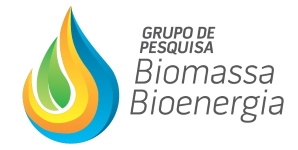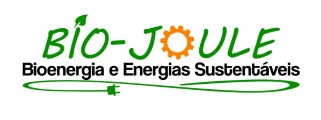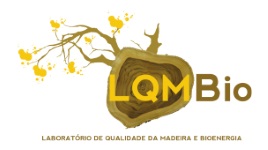GRAVIMETRIC PERFORMANCE IN CAATINGA NATIVE SPECIES VEGETABLE CHARCOAL
06 - Charcoal
 1 GABRIEL RAAMON SANTANA NUNES, 1 ROSIMEIRE CAVALCANTE DOS SANTOS, 2 RENATO VINÍCIUS OLIVEIRA CASTRO, 2 ANA FLÁVIA NEVES MENDES CASTRO, 1 CYNTHIA PATRÍCIA DE SOUSA SANTOS, 1 SARAH ESTHER DE LIMA COSTA, 1 STEPHANIE HELLEN BARBOSA, 3 PEDRO GABRIEL MARIANO, 3 MATEUS ALVES MAGALHÃES.
1 GABRIEL RAAMON SANTANA NUNES, 1 ROSIMEIRE CAVALCANTE DOS SANTOS, 2 RENATO VINÍCIUS OLIVEIRA CASTRO, 2 ANA FLÁVIA NEVES MENDES CASTRO, 1 CYNTHIA PATRÍCIA DE SOUSA SANTOS, 1 SARAH ESTHER DE LIMA COSTA, 1 STEPHANIE HELLEN BARBOSA, 3 PEDRO GABRIEL MARIANO, 3 MATEUS ALVES MAGALHÃES.
1 UFRN
2 UNIVERSIDADE FEDERAL DE SÃO JOÃO DEL-REI
3 UFV
This work aims to evaluate the gravimetric yield of charcoal from native Caatinga forest species marketed as a source of energy under a forest management plan. Sampling was carried out in the State of Rio Grande do Norte, in the municipalities of Campo Grande (geographic microregion of the Midwest), Cruzeta (Seridó region) and Touros (Agreste region). The number of species was determined by the importance value index (IVI) calculated based on the forest inventory data of the study areas. For this study it was decided to analyze two species presents in the three areas, that are also used as energy source in Rio Grande do Norte state. Five trees of Jurema Branca (Piptadenia stipulacea) and five trees of Marmeleiro (Cróton sonderianus) in each area, totaling 10 trees sampled. For the analyzes of the gravimetric yield in charcoal, carbonizations were carried out in laboratory muffle under electric heating, with a total time of 7 hours and an average heating rate of 1.07 °C.min-¹. The data were submitted to analysis of variance and, when differences were established between them, the Tukey test was applied, at 5% probability. It was concluded that the gravimetric charcoal yields were similar for the two species in the three different areas and the results obtained showed satisfactory rates for the conversion of wood to charcoal.
Keywords: wood; power supply; carbonization.

























